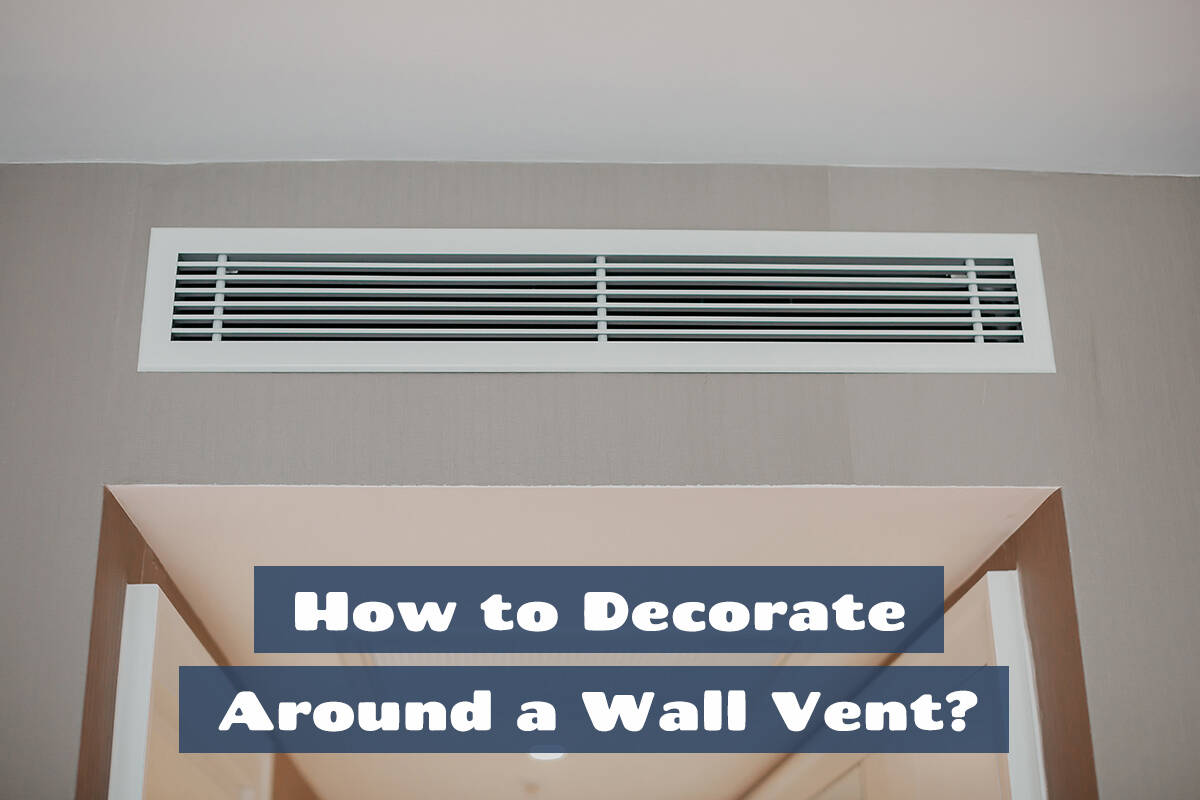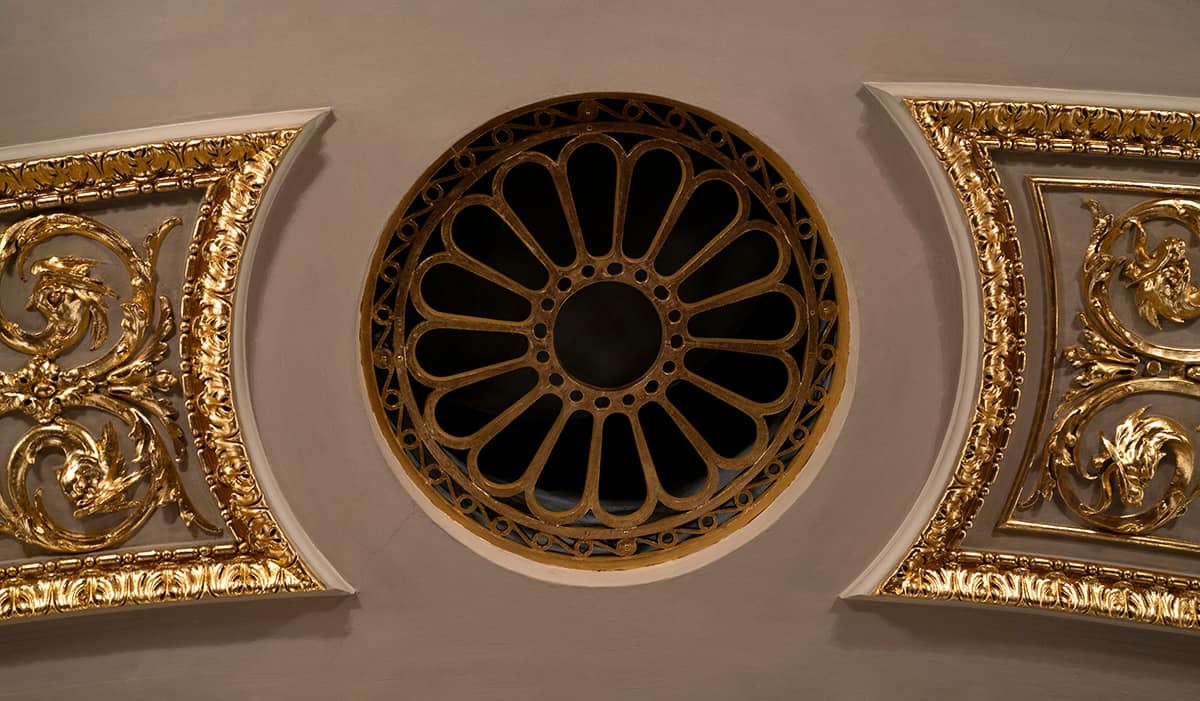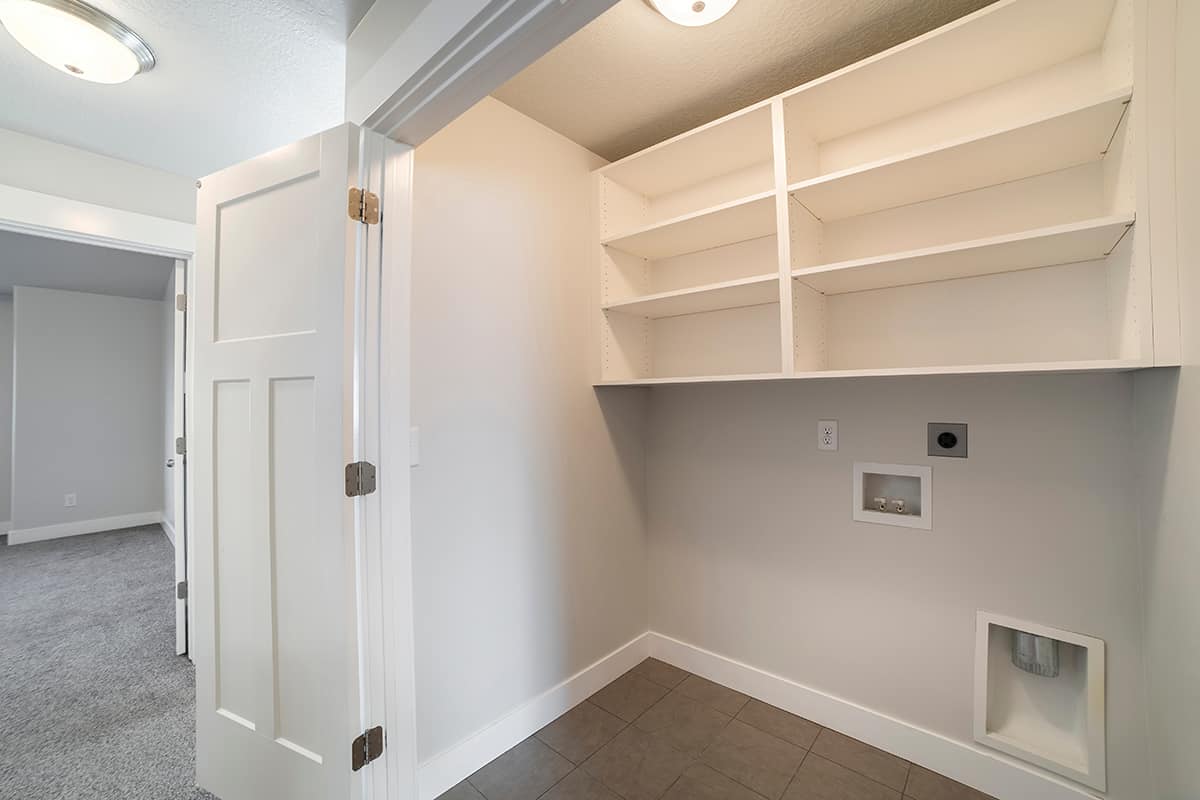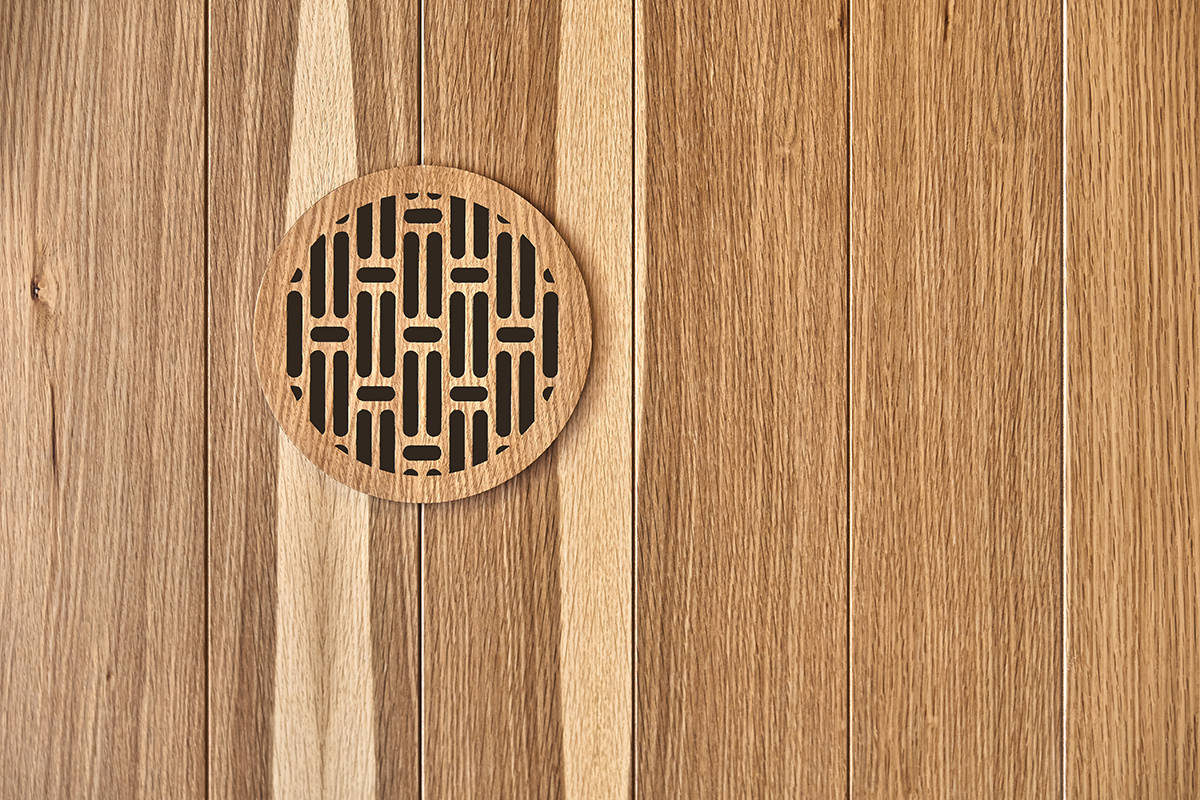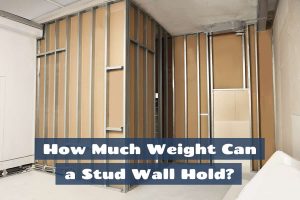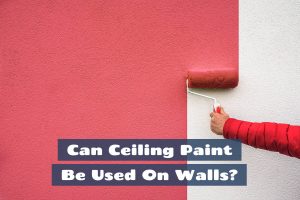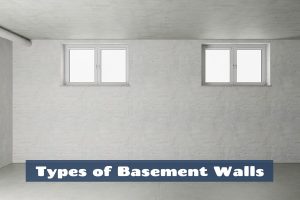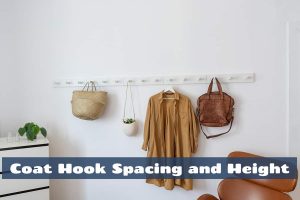Wall vents are essential for the proper running of heating and ventilation systems in many homes. However, they can be quite unappealing to look at.
If you want to decorate around a wall vent to help make the overall space more aesthetically pleasing, there are a number of ways you can do this, for example, by installing floating shelves nearby or hanging wall art alongside a vent.
Let’s explore a range of ways to decorate around a wall vent while still ensuring the proper functionality of the fixture.
Ways to Decorate a Wall Vent
Vent Covers
Vent covers can be purchased in a wide range of colors and styles to suit any size of vent. You can coordinate vent covers with other hardware in your home; for example, opt for brass door handles, brass curtain poles, and brass vent covers for a consistent look.
Vent covers can elevate the look of wall vents, but they can also draw attention to them, which may not be your intent. You could choose a vent cover in a color that matches your wall paint to help it blend in with your decor while creating a more appealing look.
Wall Art
You can decorate around a wall vent by arranging wall art nearby. This can distract from the vent and make the wall more visually appealing. Be careful not to cover the vent with the wall art because this will block airflow and present and fire hazard.
Furniture Placement
You can make a wall with a wall vent on it look more pleasant by placing furniture around it. If the wall vent is low on the wall, you could position a side table in front of it, which will help to hide the vent while still allowing good airflow.
You could also position a sofa in front of a wall vent to completely hide it, though remember that air ventilation should not be restricted, so the sofa would need to be several feet away from the wall to ensure safety and function. You could also position furniture around the wall vent to help draw attention away from it, for example, a chest of drawers right next to the wall vent.
Shelving
Shelving can work well in a variety of ways to distract and improve the aesthetics of a wall with a wall vent. Floating shelves installed near the wall vent will attract attention away from the vent and instead provide an alternative focal point.
If the vent is higher up on the wall, you could install a floating shelf just underneath the vent and then place a few items on top of the shelf to hide the vent, while being sure not to block the airflow.
A shelving unit is also a good idea for vents that are lower down on the wall, but the unit must be open to ensure that the airflow of the vent is not affected. An open shelving unit can cover the vent while also allowing air to flow in or out of the vent freely.
Can You Cover a Wall Vent?
A wall vent should not be covered if it is in use, but there are some scenarios where you might consider covering over a vent. These include:
Unused Ventilation
If the wall vent is connected to a ventilation system that is no longer in use or has been replaced, it’s generally a good idea to cover it. This helps prevent drafts, dust, and insects from entering your living space, and it will also give your walls a cleaner look.
Seasonal Use
Some vents might be designed for seasonal use, for example, vents used for air conditioning may only be used during the summer, or vents for heating may only be used in the winter.
If you’re not using the system during a particular season, you might want to cover the vent for the remainder of the year to prevent energy loss and keep unwanted elements out, while also improving the aesthetic of the room.
Airflow Regulation
In certain cases, you might want to partially cover a vent to regulate airflow. For example, if a vent is blowing air too strongly into a specific area, you could use a cover or deflector to direct the airflow in a different direction.
Decorative Purposes
Decorative vent covers can enhance the aesthetics of a room. These covers are designed to blend with your decor while still allowing airflow. They come in various styles and materials.
Safety Concerns
If the vent is at a height that might pose a safety risk, especially for children or pets, it could be a good idea to cover it or use a safety grill to prevent accidents.
Avoid Blocking Essential Ventilation
While covering vents might be appropriate in some cases, it’s important to avoid blocking vents that are necessary for proper ventilation of your home. Adequate airflow is crucial for maintaining air quality and preventing moisture buildup, which could lead to mold growth.
How to Hide a Wall Vent
If you have a wall vent that is unused for much of the year or a wall vent that is no longer operational, then you may want to cover it. Wall vents can not only look visually unappealing, but they can also impact comfort levels in the home.
Paint
If you have a wall vent that you want to camouflage, then painting it the same color as the surrounding wall is one of the easiest ways to do so. This is a good choice for working wall vents because painting it will not impact the airflow at all. If you have an unused wall vent but don’t have the budget to cover it, then painting it to blend in with the wall can work well as a short-term solution.
Wall Art
An unused wall vent can be covered over by hanging some wall art directly on top of it. A large canvas or a fabric wall hanging are great choices. If your wall vent is used for a few months of the year, remember to take down the wall art before your HVAC system is turned on.
Furniture
If your wall vent does not get used, you can place any sort of furniture in front of it without worrying about airflow restrictions. A sofa can be pushed up against an unused wall vent to hide it, or you could install a shelving unit over the top of it.
If your vent is used for a few months of the year, opt for an open shelving unit that will hide the vent without limiting airflow.
Drywall and Filler
If your wall vent is permanently unused, for example, it has been completely disconnected from an HVAC system, then you could opt for a permanent solution to get rid of the wall vent. If you have basic DIY skills, you should be able to complete this project yourself, but if in doubt, employ a local contractor.
To cover over an old vent, first, pull out the vent cover itself, and then install a frame inside the vent hole that you can attach drywall to. Once the frame has been assembled, measure the vent hole and then cut out a piece of drywall the same shape and size. This can then be inserted and fixed to the frame with drywall screws.
You’ll then need some filler or spackle to cover the gaps around the edge of the drywall insert. Once dry, sand and paint the patch to match the rest of the wall.
Should You Cover an Unused Wall Vent?
Covering an unused wall vent can provide several benefits, mainly related to improving the comfort and energy efficiency of your living space. Here are some reasons why you might want to cover an unused wall vent:
Prevent Drafts
Unused vents can let in drafts of cold or hot air, which can make your living space uncomfortable. Covering the vent helps seal off the opening and prevents these drafts from affecting your indoor temperature, which can in turn lead to lower energy bills.
Insect and Pest Prevention
Open vents can serve as entry points for insects, pests, and rodents. Covering the vent helps keep these unwanted critters out of your home.
Dust and Debris
Vents that are left open can allow dust, debris, and outdoor pollutants to enter your living space. Covering the vent can help maintain better indoor air quality by preventing these particles from circulating in your home.
Noise Reduction
If the unused vent is located in an area where external noise is a concern, such as near a busy street, covering it can help reduce the amount of noise that enters your home.
Visual Aesthetics
Unused vents can disrupt the visual aesthetics of a room. Covering the vent with a decorative cover or grille can help improve the appearance of the wall.
Moisture Control
Open vents can potentially allow moisture to enter your home, which can lead to mold and mildew issues. Covering the vent can help prevent moisture from entering and causing problems.
